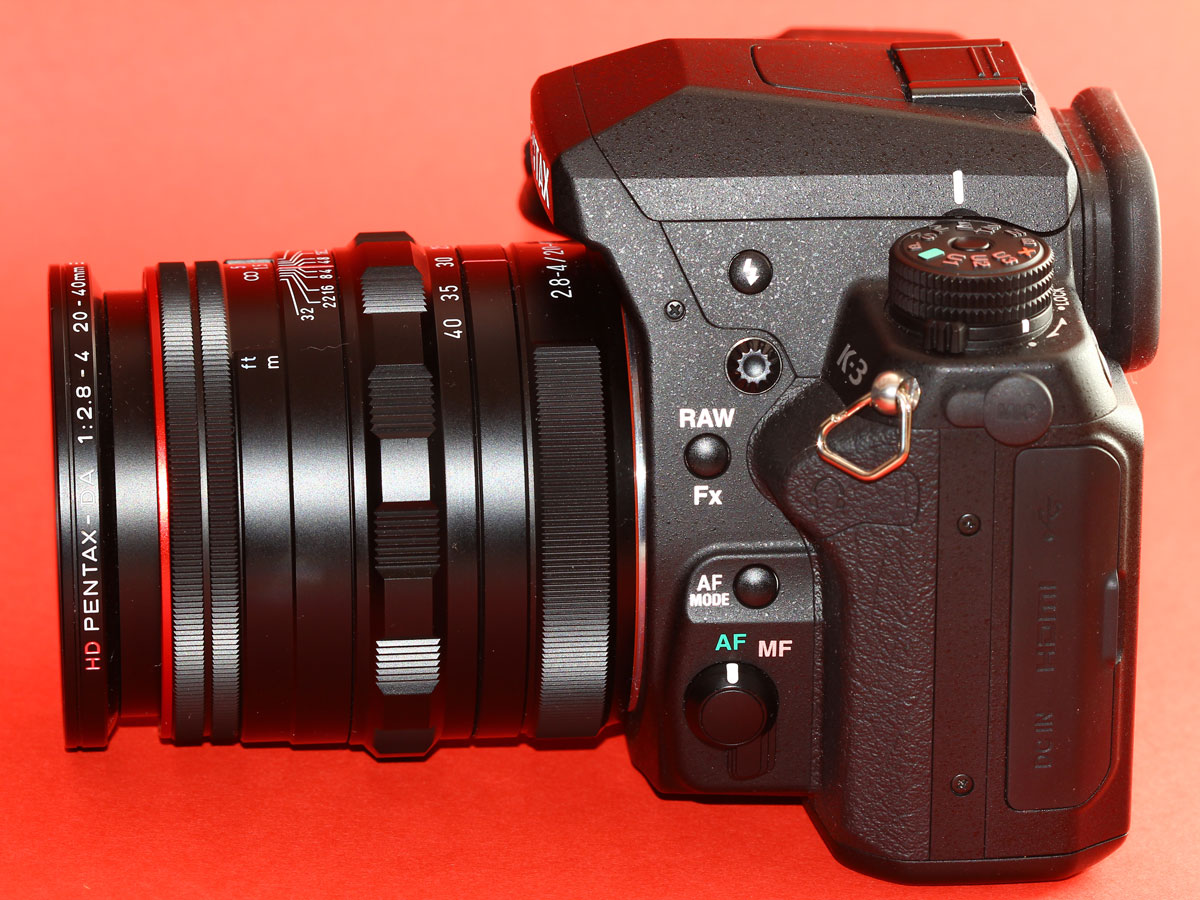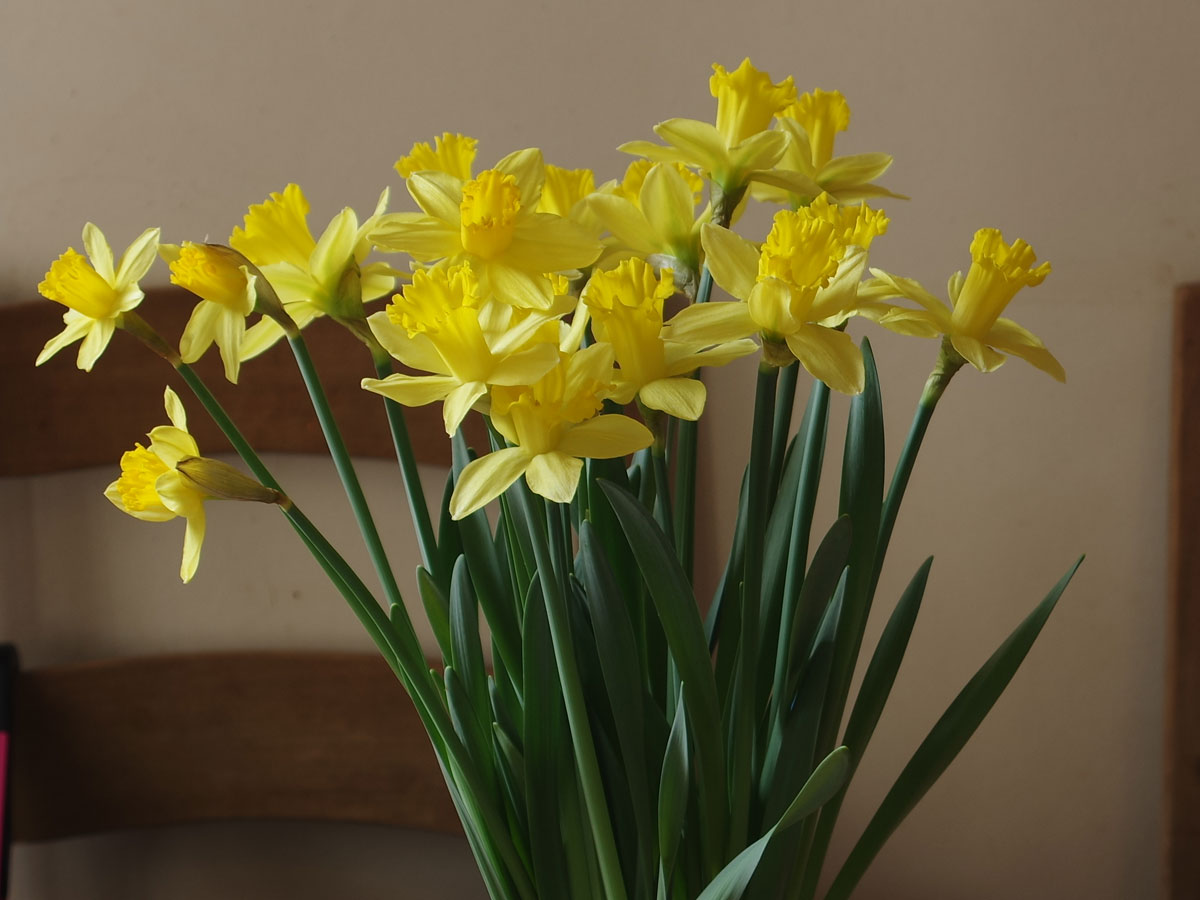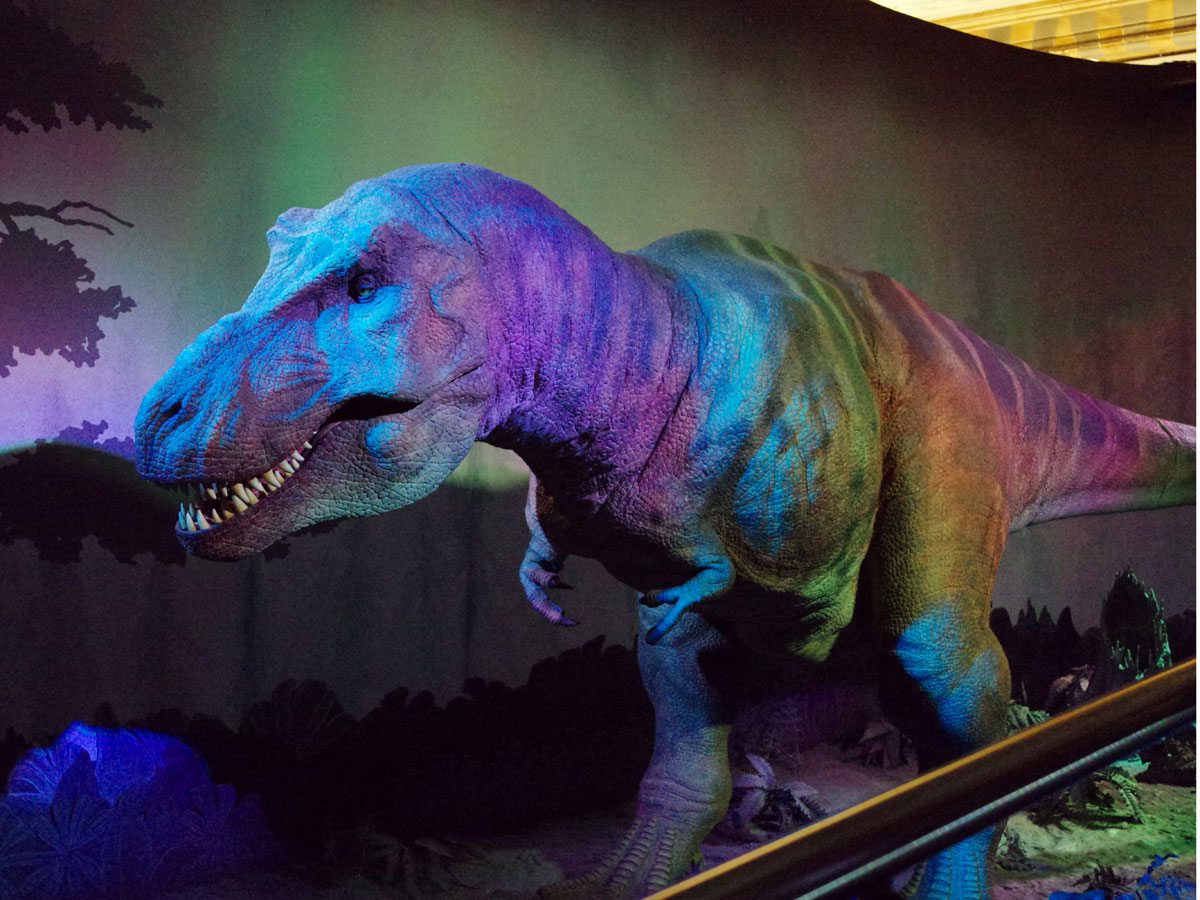Pentax K-3 review
This rugged DSLR has an abundance of pro features but a curious lack of cutting-edge camera whizz-bangery. Can it compete with the might of Nikon and Canon?
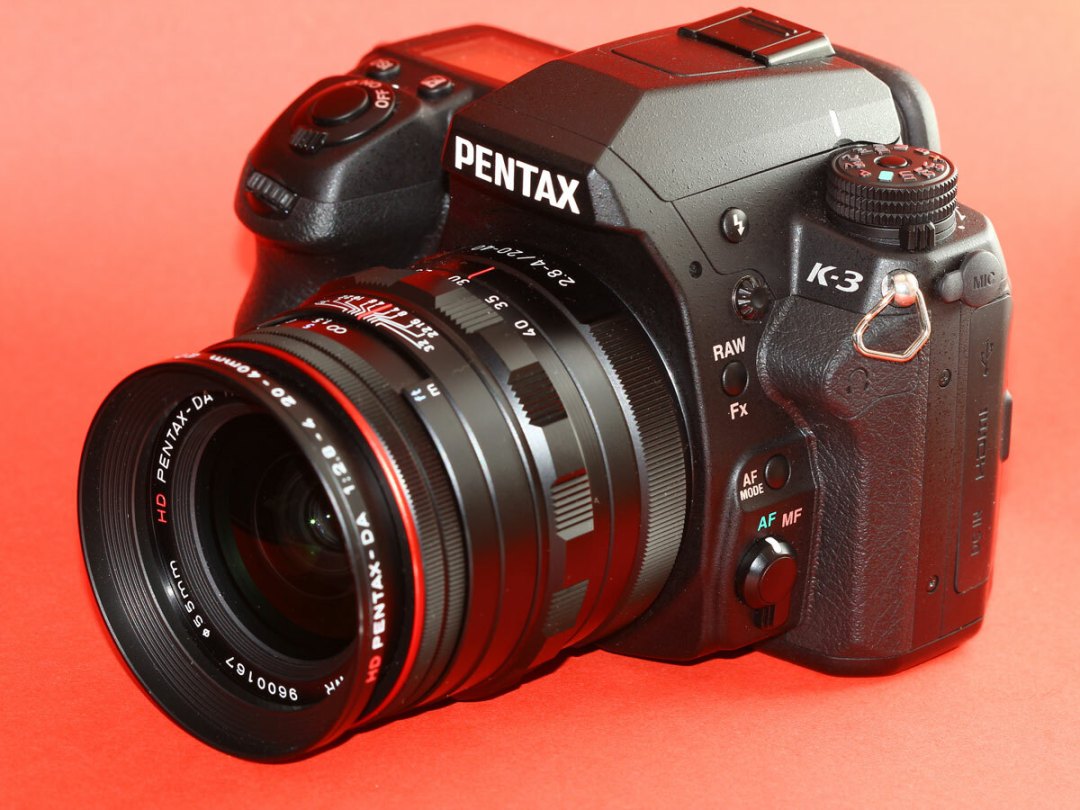
The modern DSLR is a 21st century toy, flinging pictures around your home via Wi-Fi, hooking up to smartphone apps and shooting camcorder-smashing full HD video. Not so the Pentax K-3.
Like a well-heeled butler standing by with a jar of pomade, it’s a throwback to a bygone age when all cameras did was take pictures. There’s no Wi-Fi, no touch control, no continuous autofocus in video. Not even a flip-out screen – and everything has one of those these days. It’s as if the K-3 has looked around at its rivals and decided that all that tech frippery would just distract it.
And maybe it’s right. With its 24.3MP APS-C sensor, 8.3fps burst shooting, 27-point autofocus and built-in stabilisation, the K-3 is seriously well-specced when it comes to taking photographs. But with other cameras seemingly offering more at a similar price, there’s a lot resting on the quality of those pictures…
Pentax K-3 – design and build
The Pentax K-3 is a superbly built camera, with a stainless-steel-and-magnesium-alloy body and 92 protective seals that make it more weatherproof than an otter in a wetsuit. It feels great in the hand, with a nicely sized grip, premium leather finish and loads of controls within easy reach. And while it’s a little heavier than its direct rivals, we were too busy swooning over its rugged physique to care. Ahem.
Controls are plentiful, with dedicated buttons for ISO, exposure compensation, white balance, metering, and AF mode. It’s also packed with lovely little touches such as a depth of field preview integrated into the on/off switch, and a mode dial that’s easily changed between fully lockable and always unlocked.
There’s even a button solely for switching image playback between the two SD card slots. In fact, the sheer volume of controls means you hardly ever need to hunt through on-screen menus, and that more than makes up for the fact that there’s no touchscreen here.
It’s a shame that the 3.2in screen doesn’t flip out either – that’s a genuinely useful feature that we’ve come to rely on elsewhere – but otherwise it’s a beauty: big, colourful and packing plenty of pixels. Finally, we should mention the excellent optical pentaprism viewfinder, which offers 100% coverage and which to this reviewer’s eyes still beats an EVF any day.
Pentax K-3 – tech specs
Sensor – 24.3MP APS-C
LCD – 3.2in, 1037k dots
Shutter speed – 1/8000-30 secs
Autofocus – 27 points (25 cross-type)
RAW shooting – yes (Pentax PEF and Adobe DNG formats)
Flash – yes (1/180 sync speed)
Video – 1080i@60fps, 1080p@30fps, 720p@60fps
Connectivity – SD card slot (x2), USB3.0, HDMI-out
Dimensions/weight – 131.5×77.5x100mm, 715g (body only)
Pentax K-3 – picture quality
The K-3 is the latest in the growing line of cameras that ditches the anti-aliasing filter in order to improve picture quality. Don’t know your anti-aliasing filter from your elbow? The box below explains what it is. Can’t be bothered to read that? Well thanks very much. Anyway, the upshot is that with no anti-aliasing filter, pictures should be sharper. And they are.
The K-3 uses a Sony-made 24.3MP APS-C sensor, which puts it on a par with the rival Nikon D7100 and just ahead of Canon’s 70D in pure resolution terms, but that only tells half the story. Stills have bags of detail at low ISO levels, with rich colours and excellent contrast. And, in the right conditions, the sharpness on offer is something to behold. Having recently tested the Canon 70D, we have no trouble in proclaiming the K-3’s pictures to be superior. It’s marginal, sure, but there’s something about the Pentax’s shots that really appeals.
It’s not quite so impressive at high ISOs, but shoot in RAW – or Adobe’s DNG format, which is also available here – and that becomes less of a problem, with noise easily reduced in your processing software of choice. Really, noise is minimal up to ISO 1600, acceptable at 3200 and 6400 and clean-upable at 12800 and 25600. Even shots are 512000 are usable.
Metering didn’t seem to be quite so hot, with the K-3 consistently underexposing our pictures by a ⅓-⅔ of a stop. Still, it’s not really a problem once you’re aware of it – you just compensate by the appropriate amount.
Anti-what now?
The anti-alisaing filter sits in front of the image sensor to reduce the chances of unsightly moiré – where closely spaced lines interfere with each other to make a distracting pattern on your shot. The downside is that it slightly degrades sharpness, so it’s becoming increasingly common for cameras to do away with it altogether.
Moiré is less of a problem these days anyway, with today’s high-resolution sensors rarely suffering from it. But in case the moiré monster does rear its head, the K-3 has a work-around in the form of two anti-aliasing simulator modes. These vibrate the sensor very slightly to simulate the effect that an actual anti-aliasing filter would have.
It’s a clever solution, and one that we can see other manufacturers using in future.
Pentax K-3 – in use
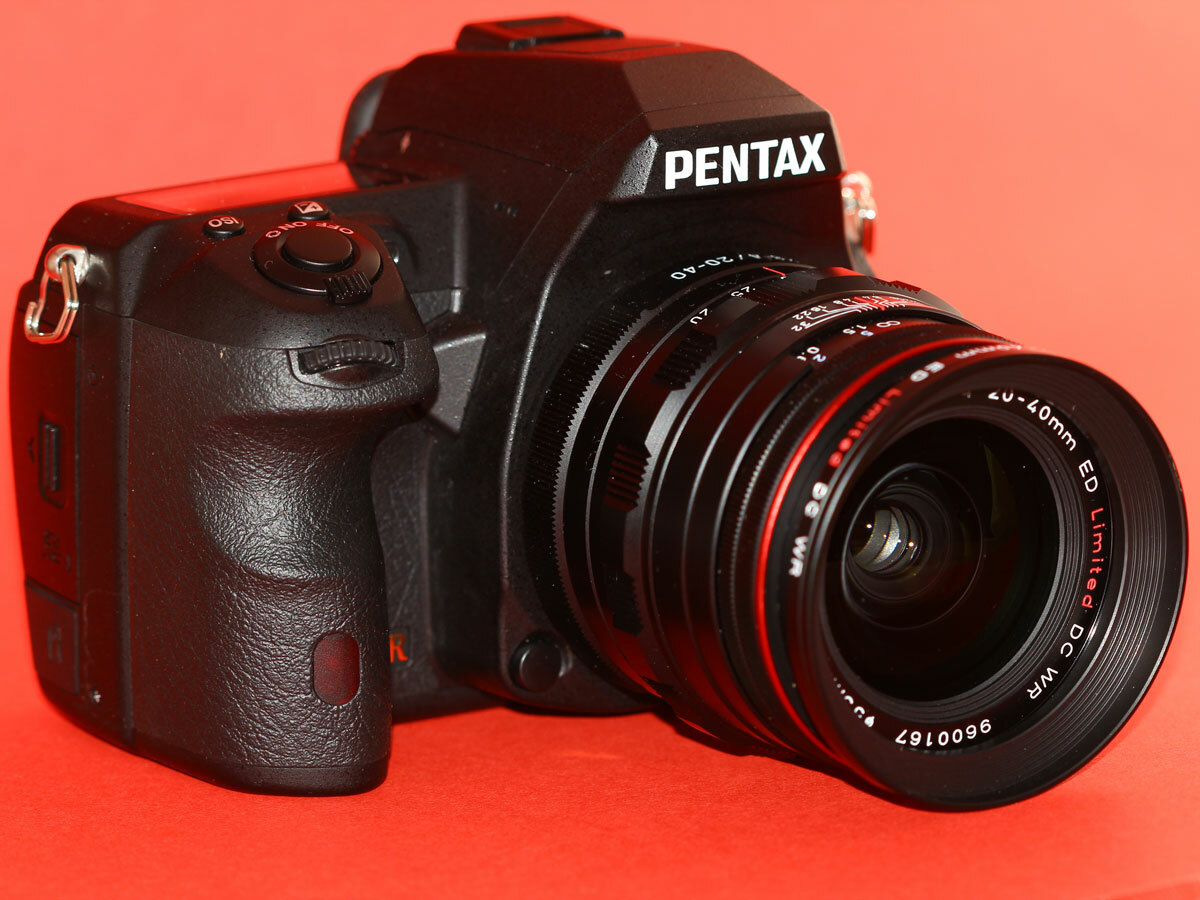
Autofocus is generally excellent on the K-3, with 27 focus points and plenty of options for setting autofocus zones or tracking subjects. It rarely misses its target, and locks on swiftly too. It’s also impressive in low light, snapping on to a subject in conditions which would give many other cameras a headache.
Once you’ve locked on, you can fire off shots at up to 8.3fps for a total of 60 JPEGS or 23 RAW files – more than enough for most users, if not quite best in class.
Things fall down a little when you switch to Live View. It’s not terrible by any means, but there’s no continuous autofocus and it’s a little slow even in good light. Video is another area where it lags behind its main rivals. Again, there’s no continuous autofocus as you’d get on Canon’s excellent 70D and if you want to shoot in full HD you’ll have to make do with 60i or 30p fps footage, rather than the 60p you get on some rivals. Once again, it’s far from terrible but neither is it the best on the market.
But there are plenty of other plusses here. The dual SD card slots are massively helpful: you can set the camera to shoot JPEGs to one and RAW to the other, or stills to one and video to the other, or just snap away happily safe in the knowledge that you have two cards’ worth of space to fill. The weather-sealed body is similarly great for peace of mind; much of our testing was done in the UK’s sodden winter and we never once worried about rain damage.
And then there’s the in-body image stabilisation: a huge bonus over Canon and Nikon, which both go for the lens-based system; not much use if your lens doesn’t have it. We tested the K-3 with the superb 20-40mm f2.8 lens, but any of Pentax’s extensive range of glass will feel the benefit of the 3.5-stops of shake-reduction.
VERDICT
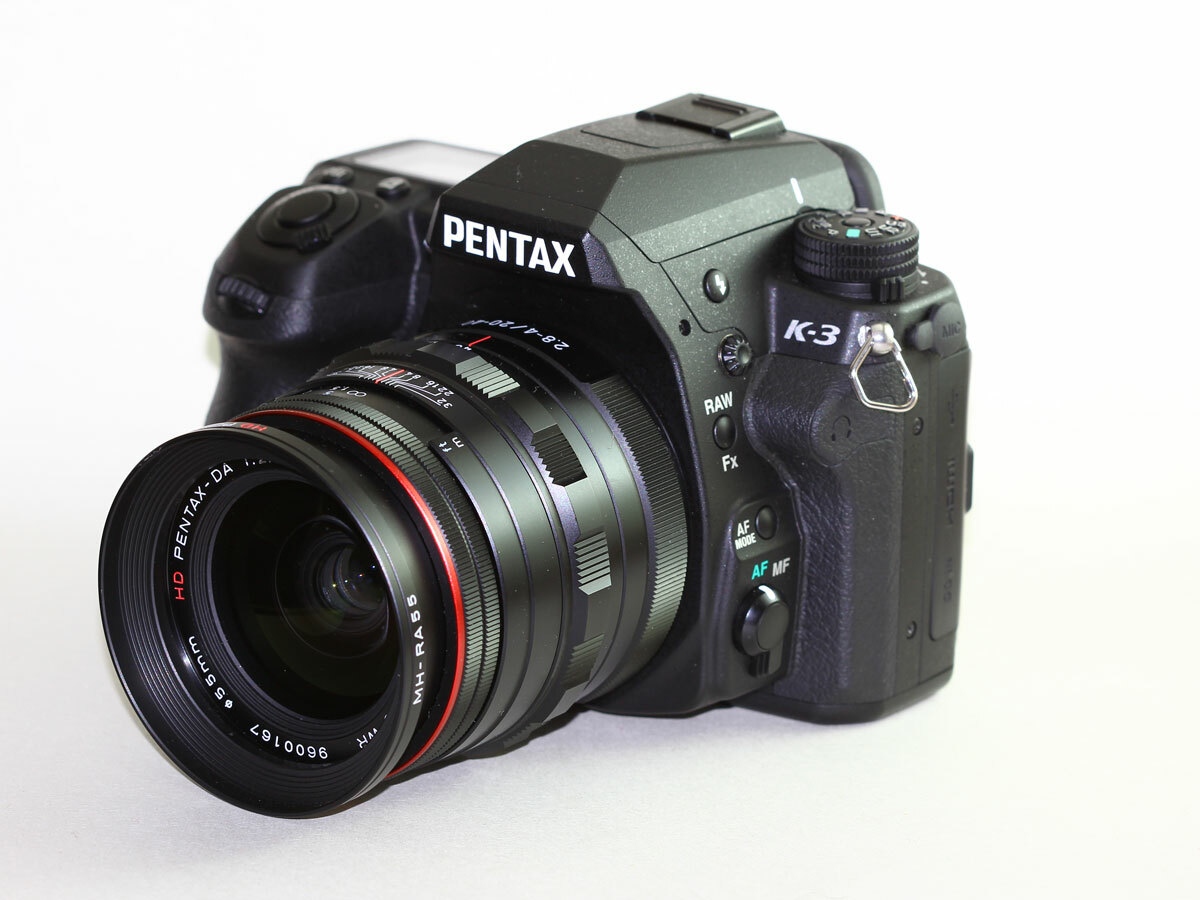
The Pentax K-3 is a serious camera that takes seriously good stills. It’s packed with features to make your life easier, such as dual SD card slots, weatherproofing and in-body stabilisation and handles as well as any camera we’ve ever used.
If you’re a video addict or are used to modern extras such as built-in Wi-Fi or a flip-out screen, you’d be better looking at the Canon EOS 70D. But if all you really want from a camera is to take great pictures in almost any situation, the Pentax K-3 will do you proud.
Stuff Says…
The Pentax K-3 may not have all the latest bells and whistles, but as a stills shooter it’s hard to beat
Good Stuff
Superb weatherproof build
Incredibly detailed pictures
Built-in stabilisation
Dual SD card slots
Bad Stuff
Average video skills
Lacks flip-out screen
No Wi-Fi

